BYD Seal vs Volvo XC40 Recharge Spec Comparison: Which One Should You Buy?
Here's a detailed comparison of the recently launched BYD Seal and the Volvo XC40 Recharge. If you are unsure about which EV to pick among these two, here is all you need to know.
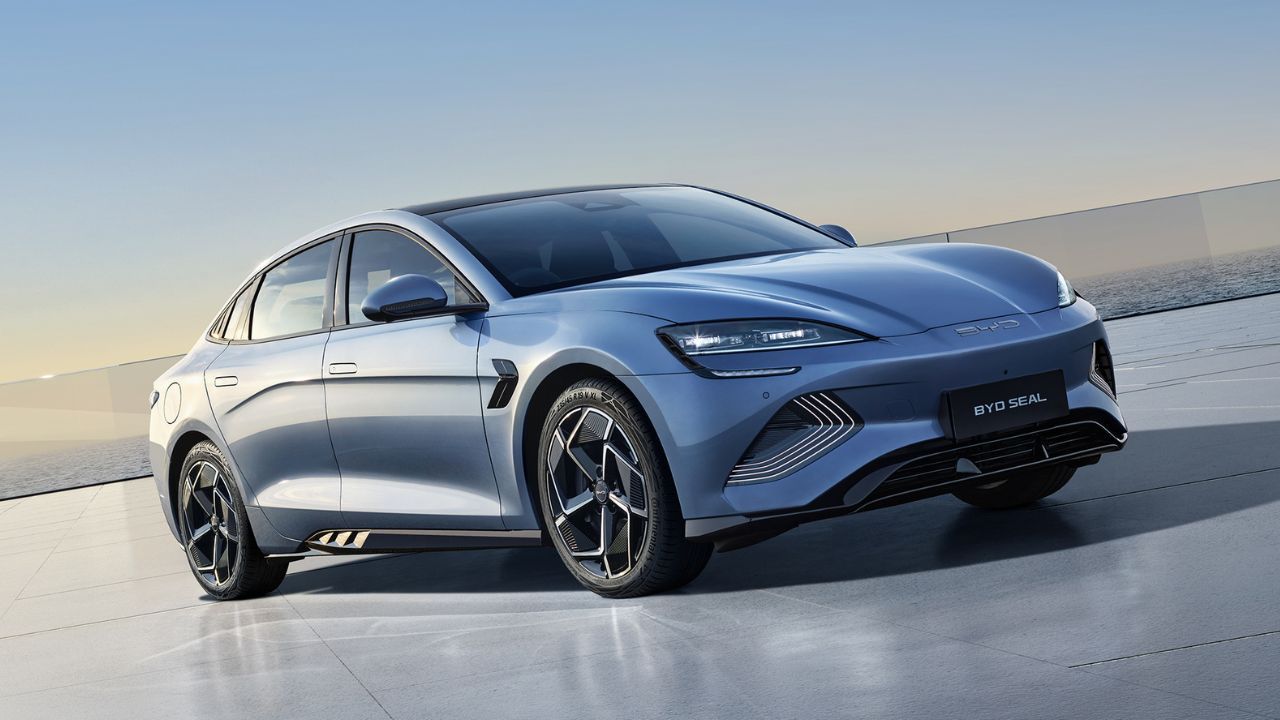
Build Your Dreams (BYD) has set a new standard for electric sedans in India with its reasonably priced Seal. The premium model was launched in our market early this month at a starting price of Rs 41 lakh. With over 200 reservations in less than a week, since BYD began bookings on February 28, the car has started to gain popularity in the market. The new e-sedan competes with several vehicles in India, such as the Hyundai Ioniq 5, the Kia EV6, and the Volvo XC40 Recharge. We've already looked at how the model compares to the Ioniq 5 and the EV6. Now it's time to pit the newly introduced BYD sedan against its other rival, the XC40 Recharge. So, without any further delay, let’s look at the detailed comparison of these two models.
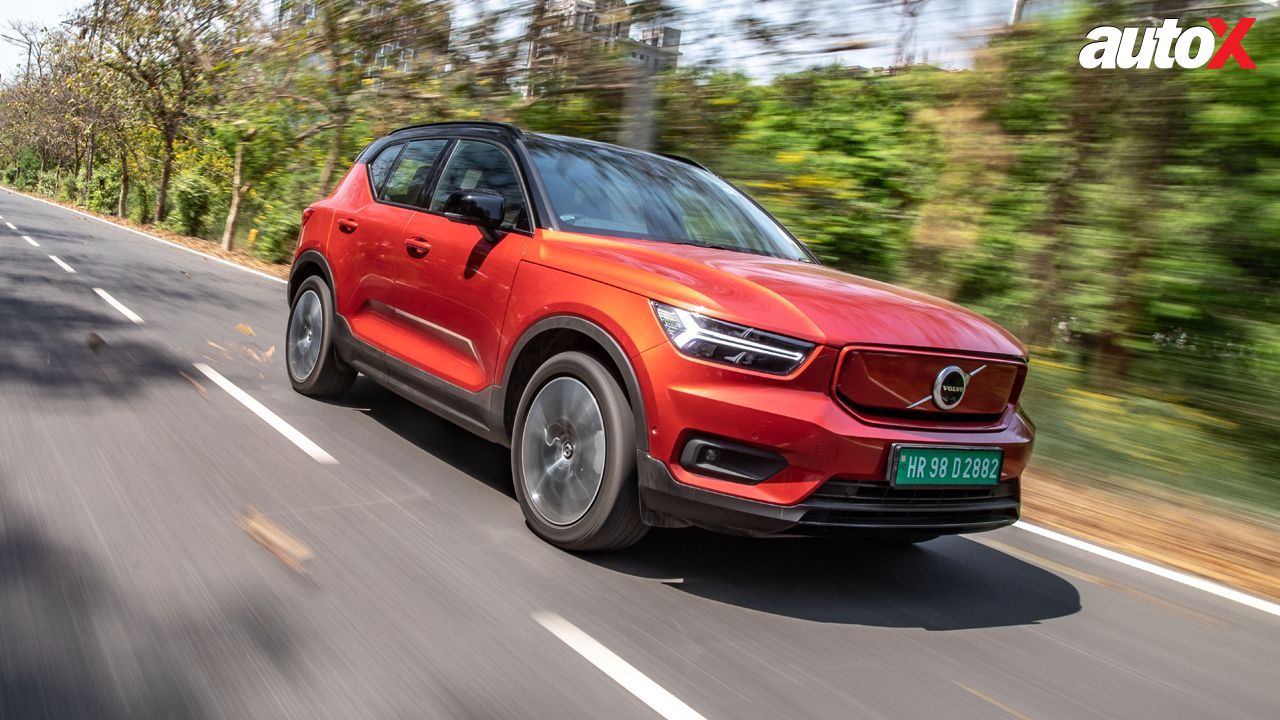
BYD Seal vs Volvo XC40 Recharge: Prices
Budget is undoubtedly a key factor to consider when purchasing a car. Taking this into account, the BYD sedan appears to be the most competitively priced vehicle in its class. It comes in three variants: Dynamic (RWD), Premium (RWD), and Performance (AWD), priced at Rs 41 lakh, Rs 45.55 lakh, and Rs 53 lakh. These are ex-showroom prices. In contrast, the XC40 Recharge comes in two versions: single motor and dual-motor Ultimate. The former, with a 2WD setup, costs Rs 54.95 lakh, while the latter, with AWD, is priced at Rs 57.90 lakh. All prices are ex-showroom. As you can see here, the most reasonable performance option is the BYD sedan's top-spec AWD model. It is around Rs 5 lakh less expensive than Volvo's AWD electric vehicle.
BYD Seal vs Volvo XC40 Recharge: Design and Dimensions
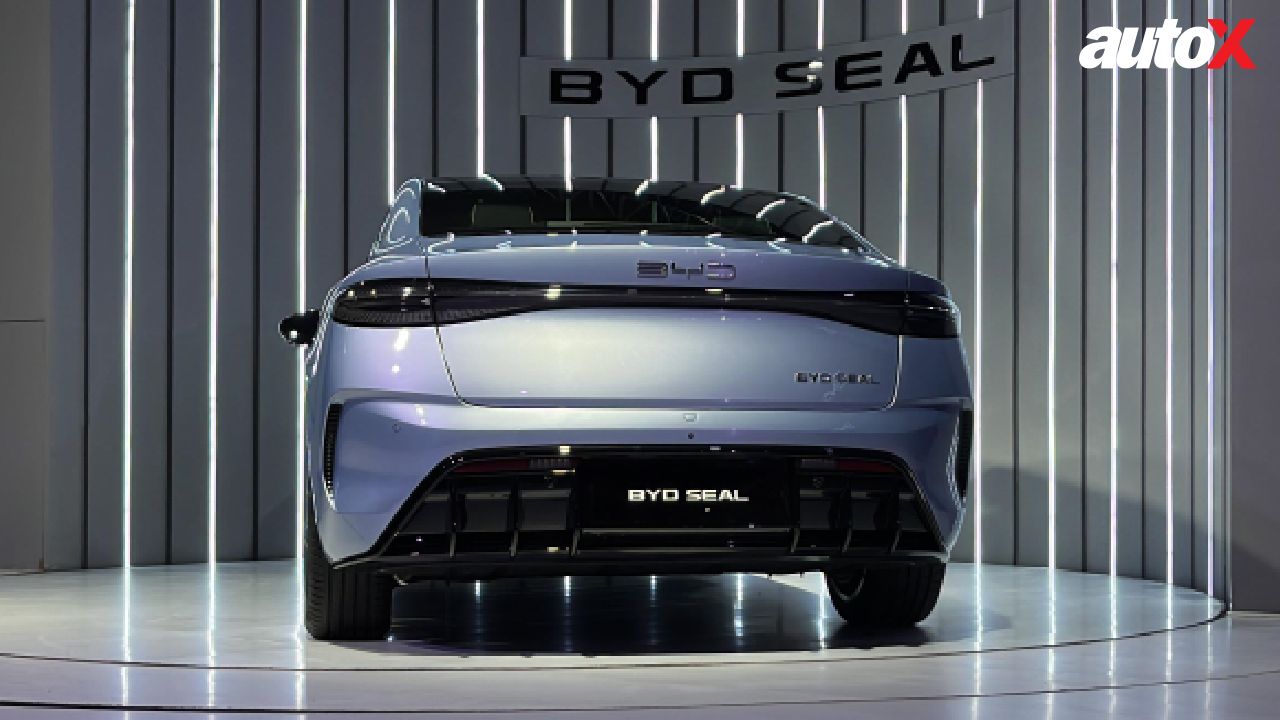
The Seal EV embraces the 'ocean aesthetics' design philosophy of the Chinese carmaker. It has a sculpted sloping roofline, arrow-shaped inlays on the front bumper, double-U floating LED headlights, and electronic hidden flush door handles. The car also includes a black diffuser, LED taillamps, and an LED bar that runs across the length of the bonnet at the rear. It comes equipped with 19-inch dual-tone alloy wheels, which have a petal-like design. The model's four exterior paint options are Aurora White, Cosmos Black, Atlantis Grey, and Arctic Blue.
In contrast, the XC40 Recharge is available in nine exterior color options from the Swedish automaker: Cloud Blue, Silver Dawn, Bright Dusk, Vapour Grey, Onyx Black, Thunder Grey, Sage Green, and Fjord Blue. The Volvo vehicle comes equipped with dual-tone 19-inch alloy rims, a blacked-out grille, new "Thor's Hammer" DRLs, and more.
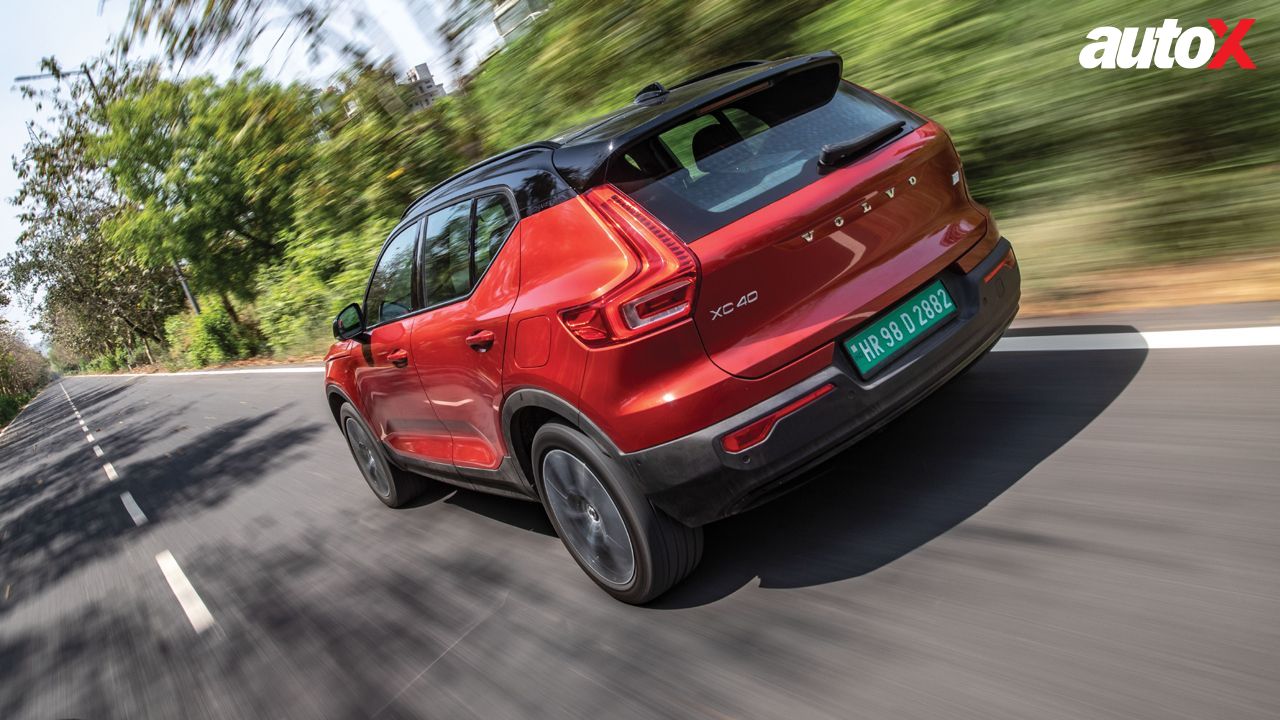
In terms of dimensions, the Seal EV is 4,800mm long, 1,875mm wide, and 1,460mm tall. It has 2920mm of wheelbase. This luxury Volvo sedan, on the other hand, measures 4,440mm in length, 1,873mm in width, 1,651mm in height, and features a 2,702mm wheelbase. The XC40 Recharge, with its SUV posture, is clearly the tallest here, while the BYD Seal is the longer and wider of the two. However, the Chinese automaker's electric vehicle boasts the longest wheelbase.
BYD Seal vs Volvo XC40 Recharge: Powertrain
While the Performance model is all-wheel drive, the Seal Dynamic and Premium models have a rear-wheel drive configuration. These variants differ in terms of power and range. For example, the Dynamic delivers 201bhp and 310Nm, and a range of 510 kilometres. However, the Premium model has the longest range in the lineup—650 kilometres—and outputs of 308bhp and 360Nm. The Performance model, in contrast, generates 523bhp and 670Nm and claims a range of 580 kilometres. The Seal EV is available with two different battery packs. The smaller 61.44kWh battery is included with the entry-level Dynamic model, while the larger 82.56kWh battery is featured in the remaining two variants.
On the other hand, there are two versions available for the Volvo XC40 Recharge: the Single (single-motor) and Ultimate (dual-motor). A 69kWh battery and a single electric motor with 236bhp and 420Nm power the XC40 Recharge Single variant. Its stated range, according to WLTP, is 475 kilometres. The Volvo XC40 Recharge Single Variant, according to the Swedish automaker, can accelerate from 0 to 100km/h in 7.3 seconds and reach a maximum speed of 180km/h.
In comparison, the Ultimate variant's two electric motors are driven by a larger 78kWh battery pack. It produces 402bhp and 660Nm. According to the company, the dual-motor model can go from 0 to 100km/h in 4.9 seconds.
BYD Seal vs Volvo XC40 Recharge: Features
The Seal's cutting-edge cabin includes an electronically adjustable AC vent system, rain-sensing wipers, a 15.6-inch touchscreen infotainment screen—the first in its class—and a 10.2-inch full LCD driver's display. The EV also comes with a panoramic sunroof, two wireless phone chargers, heated and ventilated front seats, an ADAS safety package, a 360-degree camera, and more.
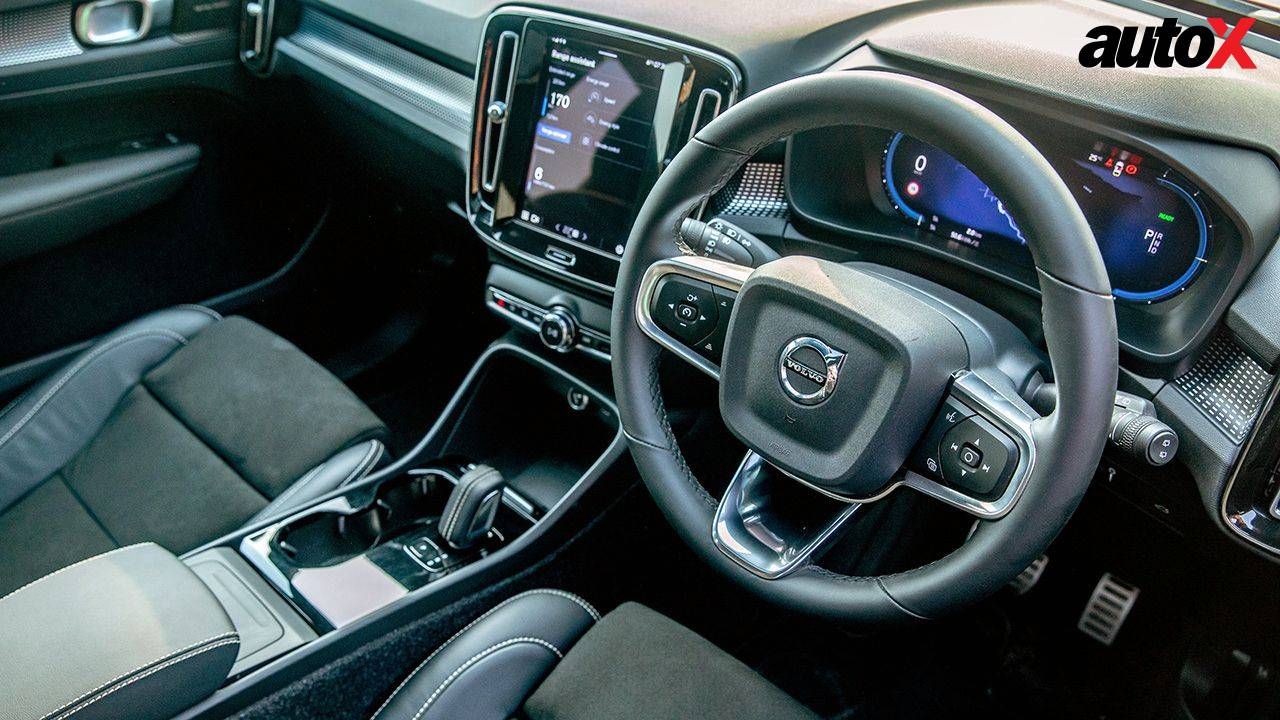
The Volvo XC40 Recharge, on the other hand, is equipped with a dual-zone climate control system, a powered tailgate, a panoramic sunroof, a 9.2-inch touchscreen infotainment system with wired Apple CarPlay support, a 12.3-inch digital instrument cluster, a 250 W 8-speaker sound system, wireless phone charging, and an air purifier, among others features.
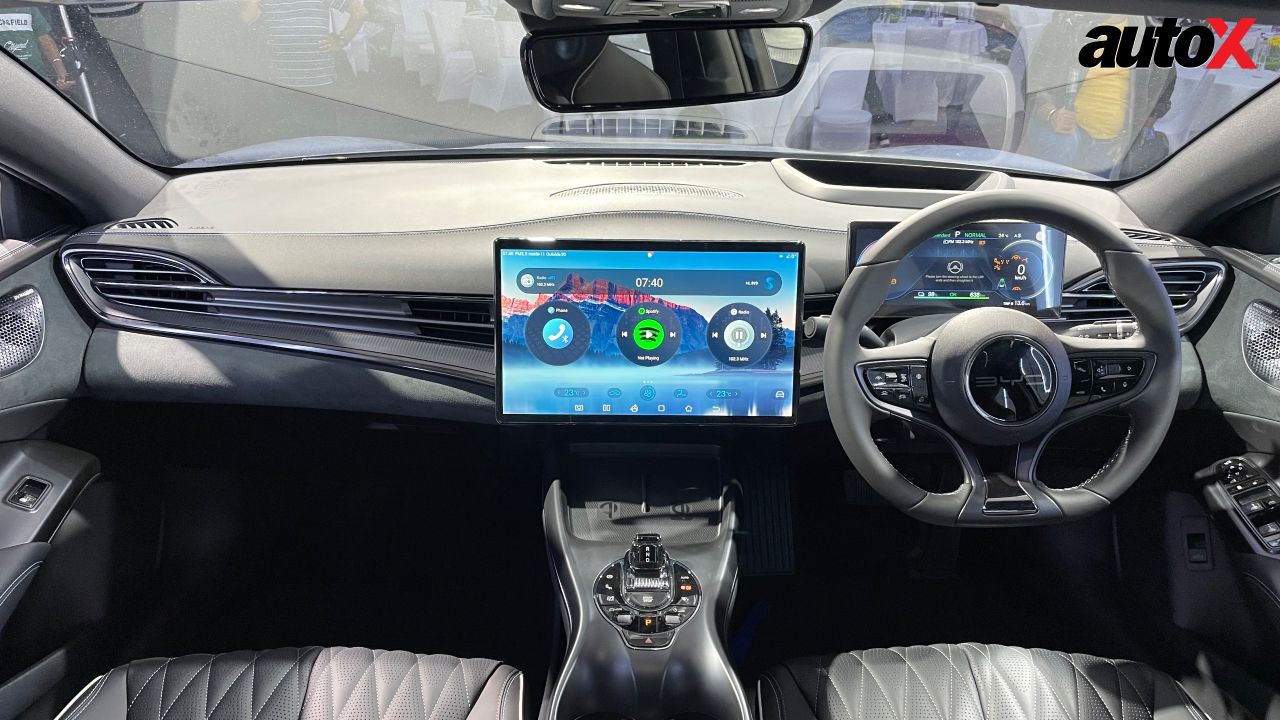
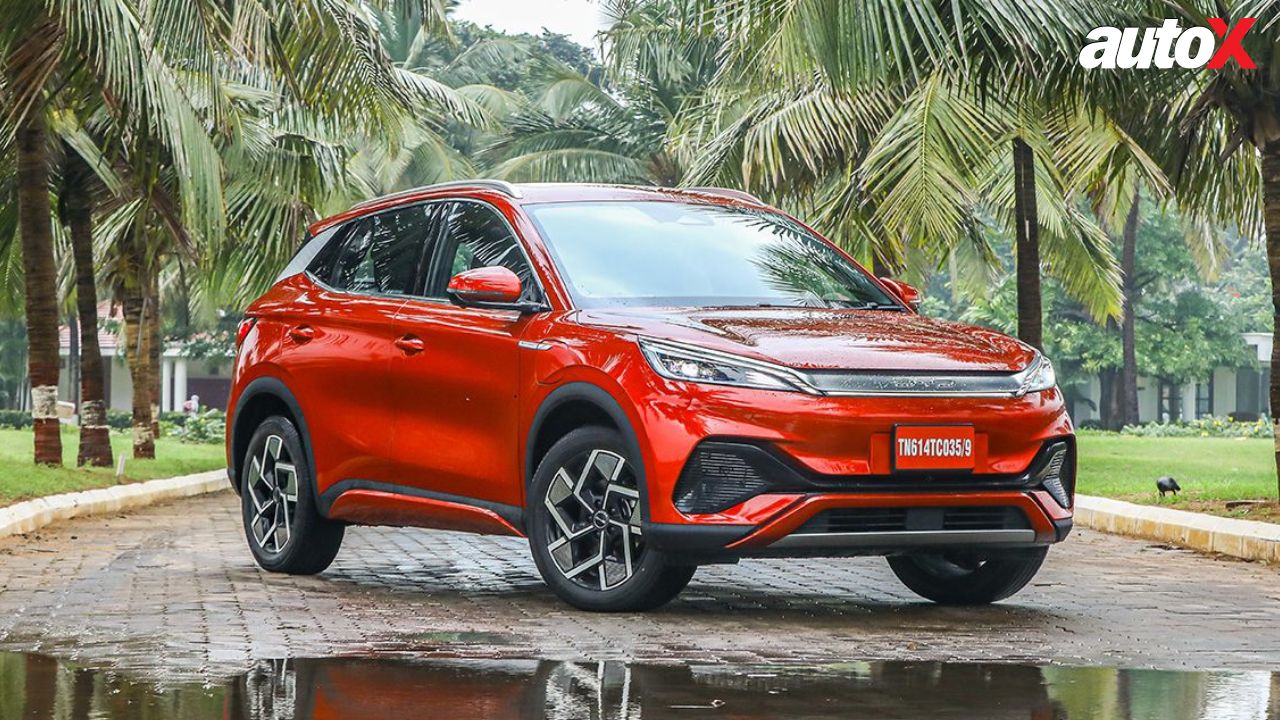


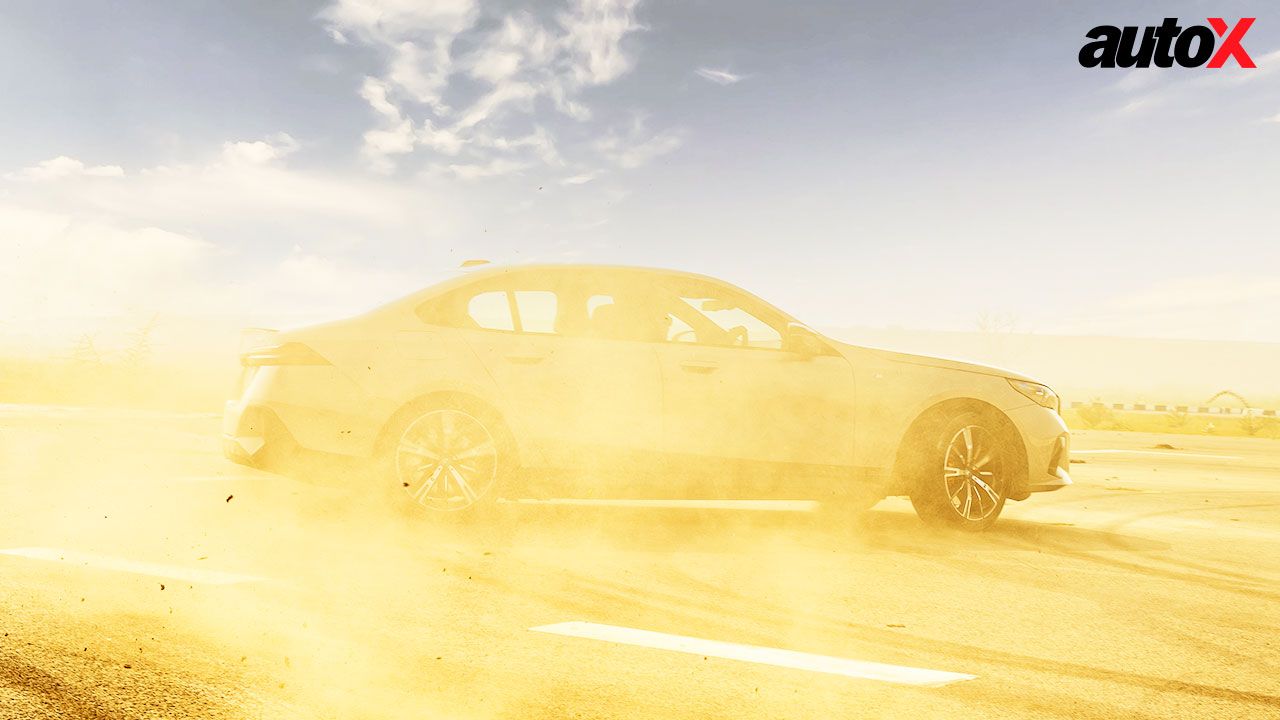
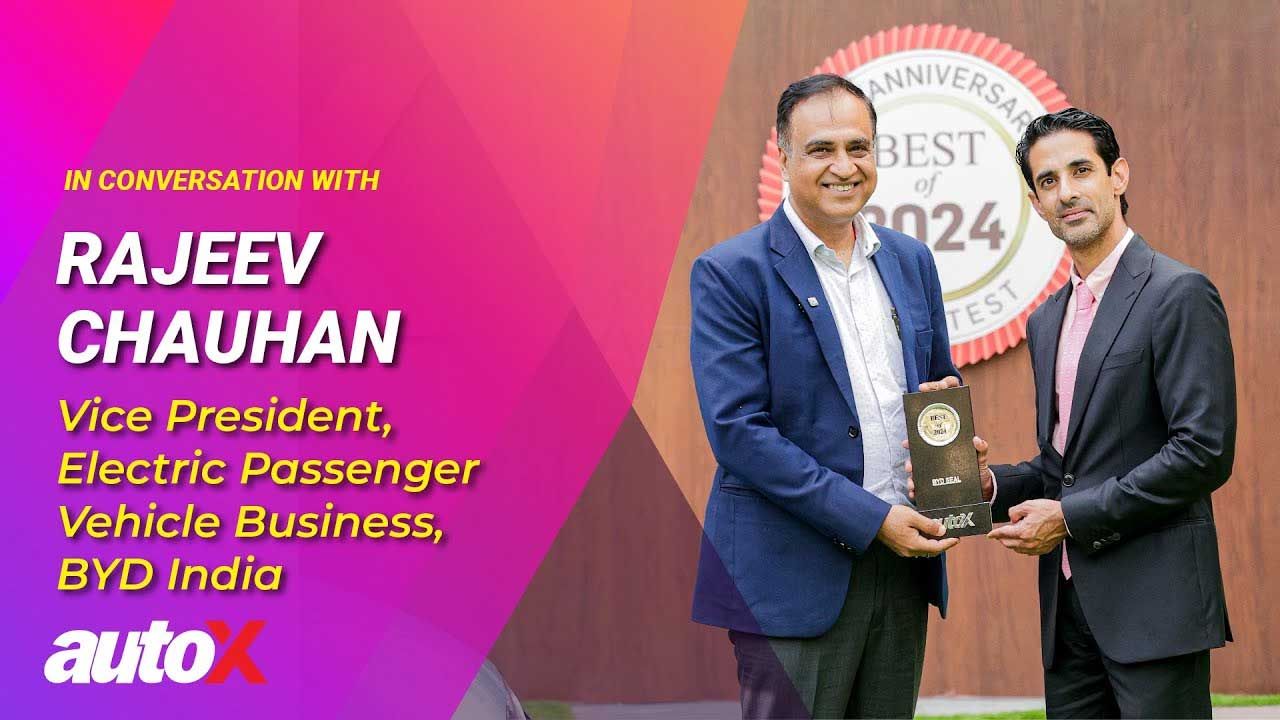



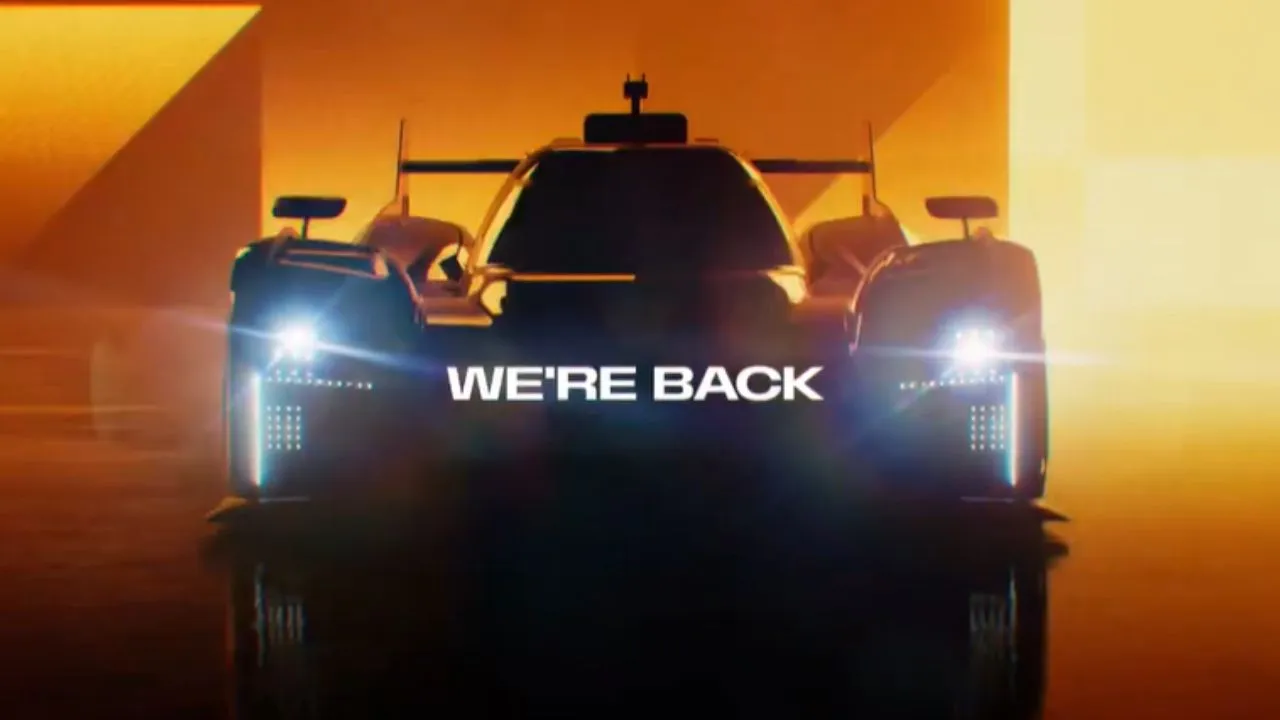

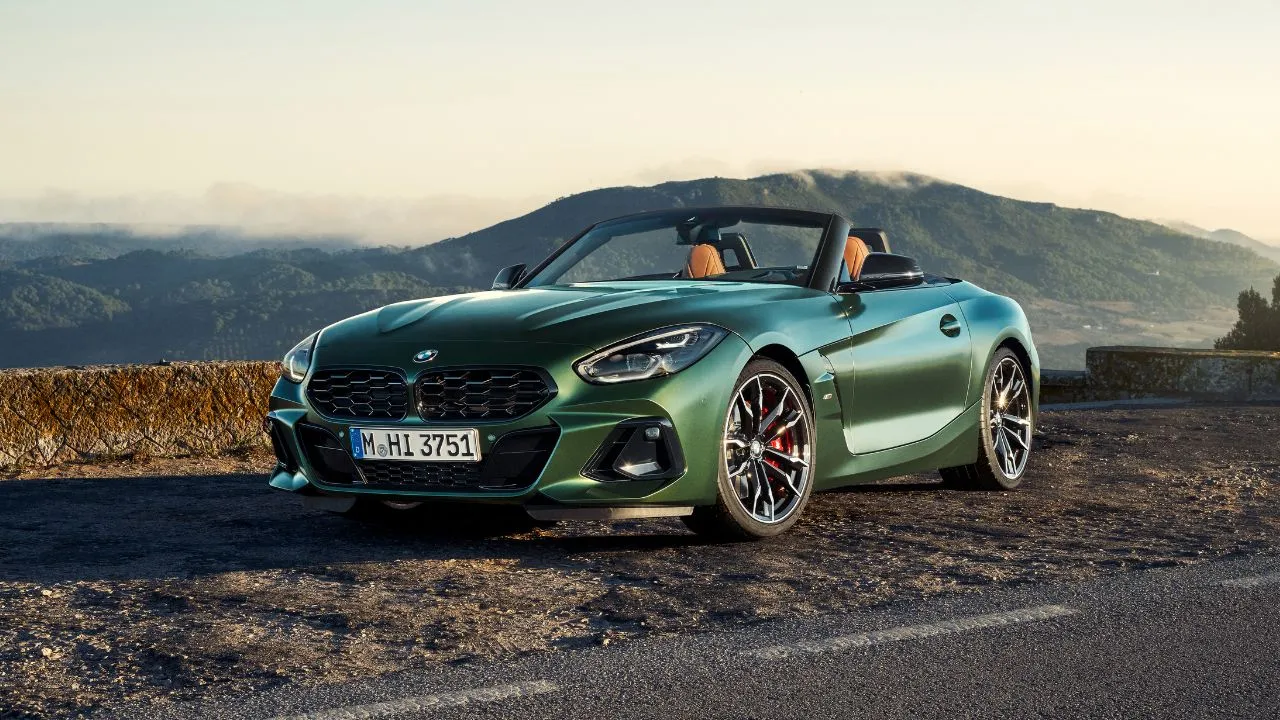



















Write your Comment on